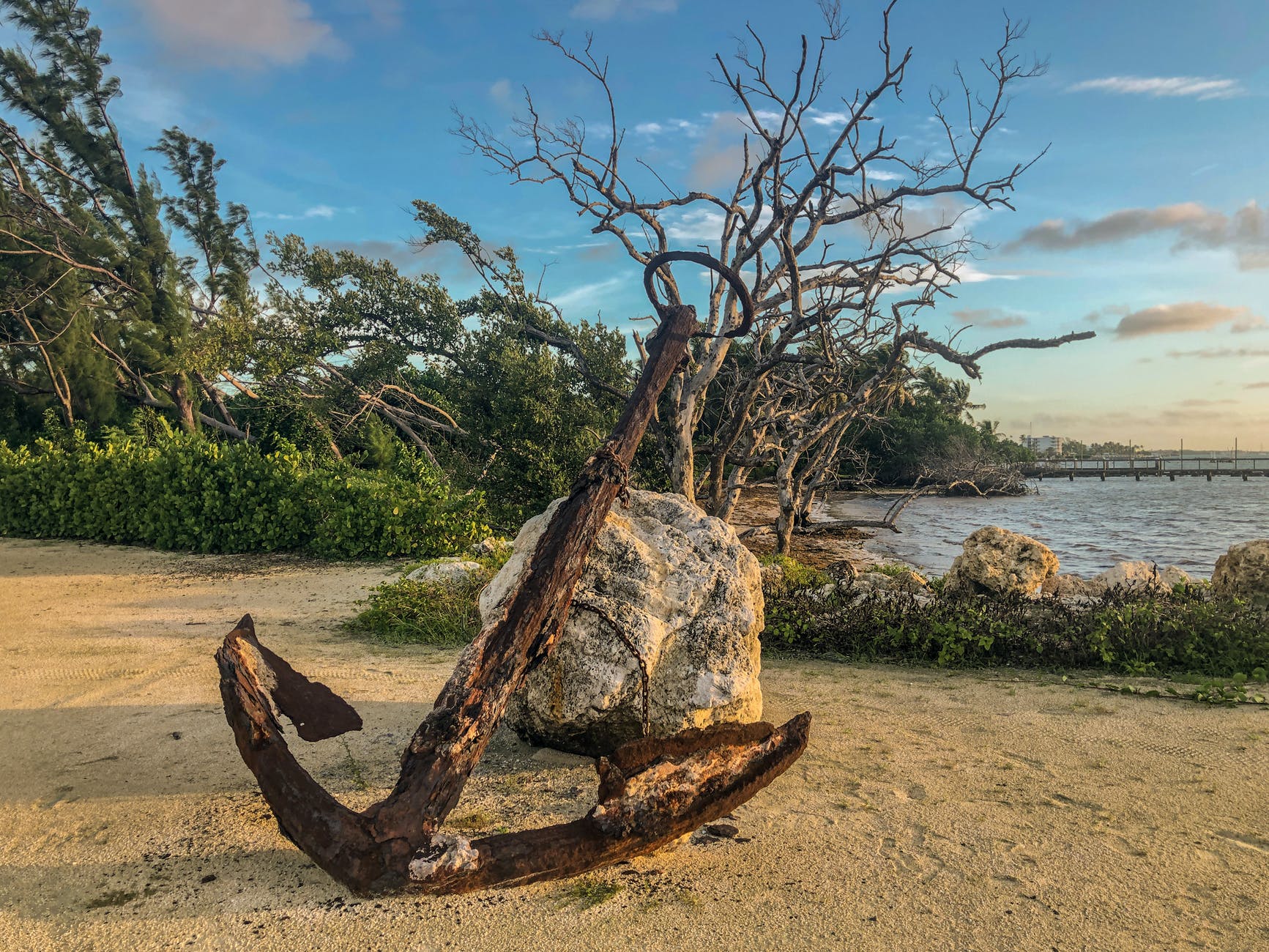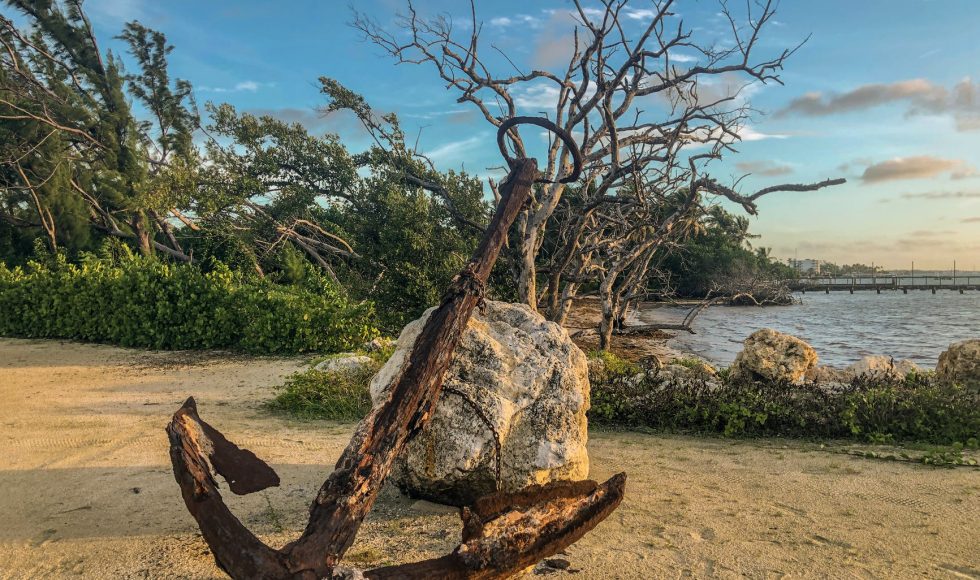Our UNC-system colleagues, Nancy Winfrey and Audrey Dentith from North Carolina A&T State University presented at the May 2021 Lilly Conference online a recorded session about “Designing for Experienced-Based Learning: A Neuroscientific, Pedagogically Sound Framework.” They started with introductions about their experience and family lives and then a quote by Johann Wolfgang von Goethe: “Experience is only half of experience.” They explained that learning from experience, utilizing a design structure to support that process, and using a structure validated by neuroscience research are components of a pedagogically-sound framework. They talked about using an anchor, an induction point to start making connections. “Let students begin with the networks they already have, and drop the anchor there!”was a memorable phrase they mentioned.
Let students begin with the networks they already have, and drop the anchor there!
Nancy Winfrey and Audrey Dentith, Lilly Conference online 2021
They then shared some neuroscience research and a process: you have some kind of experience, you think about it, your figure something out about it, and then you try your new idea. They then described the process that Kolb came up with as part of the Theory of Experiential Learning: concrete experience, reflective observation, abstract conceptualization, and active testing.
The anchor in a class is a connection to something they already know. Then the presenters talked about adding new content. Next, students apply to make connections. Their last stage was away: take the knowledge away (transfer) and contextualize it to be successful in other courses. They all start with A:
- Anchor
- Add
- Apply
- Away
The presenters had examples of psychomotor and affective domain learning objectives/outcomes and asked participants to find the anchor, add, apply, and away components using the worksheet they provided. They ended by explaining that the structure of the talk followed the 4As. Their ‘away’ was: “How would this information be useful in your unique context?” This was a really thoughtful, interactive, and engaging workshop session. I am now thinking about using this pattern and structure for my next talk or… our online asynchronous fall lab sessions?



